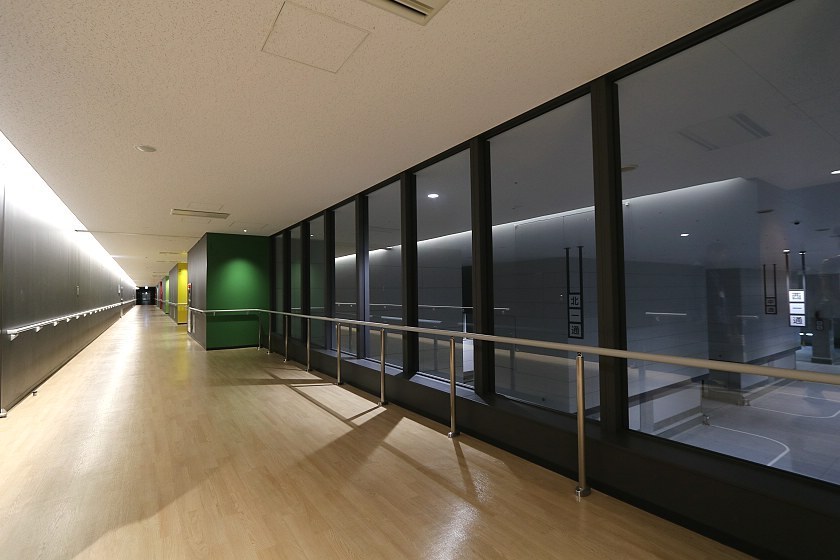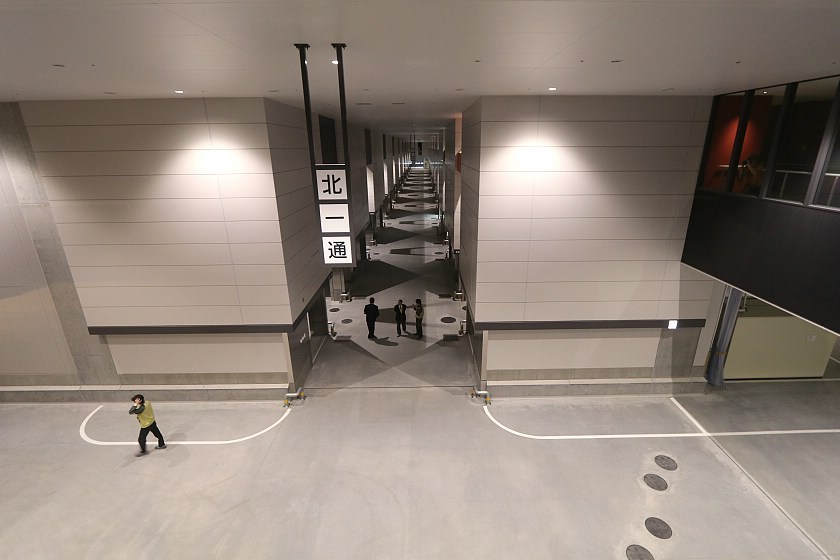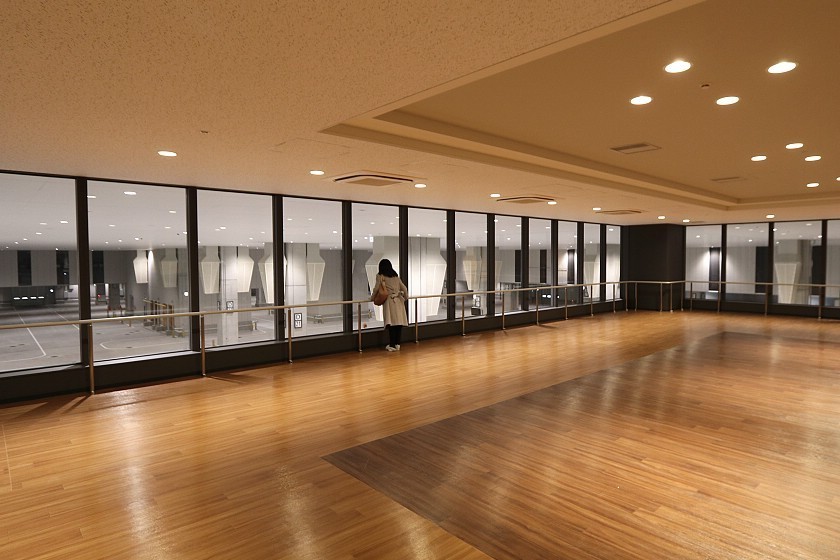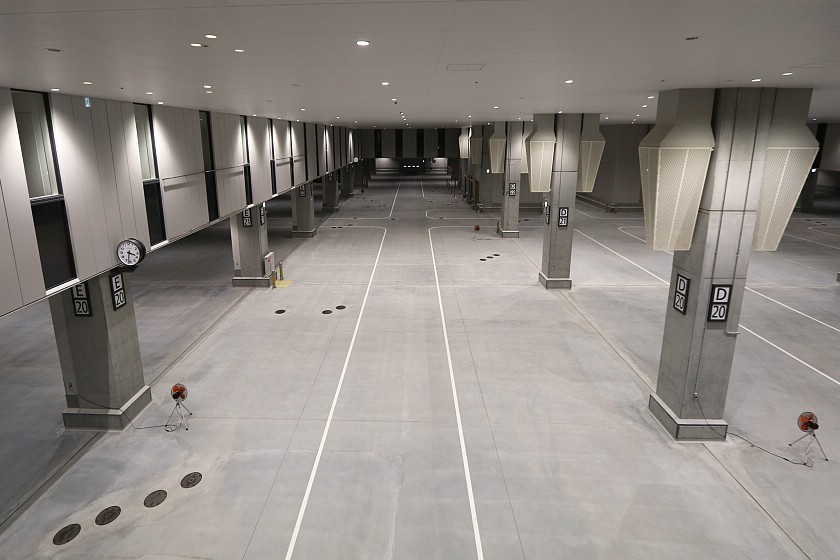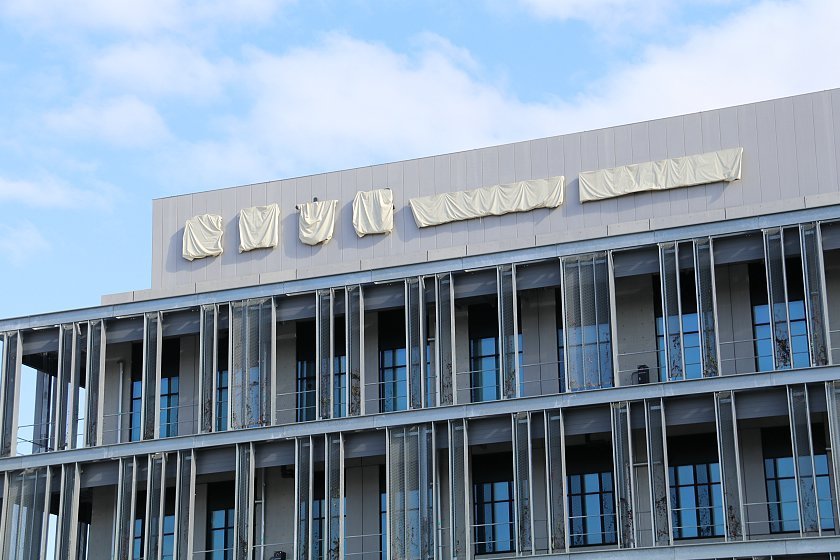Sneak Peek at Toyosu Market, successor to Tsukiji

In October 2018, Tsukiji Market will close and move to its new site in Toyosu, about 2.3 kilometers away. Half a year before the opening of Toyosu Market, japan-guide.com visited the new market and inspected the areas which will become accessible to tourists. We felt that despite naturally lacking the historic feel of Tsukiji, Toyosu Market will also become a very popular tourist spot.
The move comes as Tsukiji's premises - which have been in operation for over 80 years - are getting old and too small. The new Toyosu Market aims to smoothen market operations by providing more space and modern infrastructure. Originally scheduled for late 2016, the move was postponed due to concerns over toxic chemicals in the soil beneath the new buildings. After additional reinforcements, the site has since been cleared to open for business.
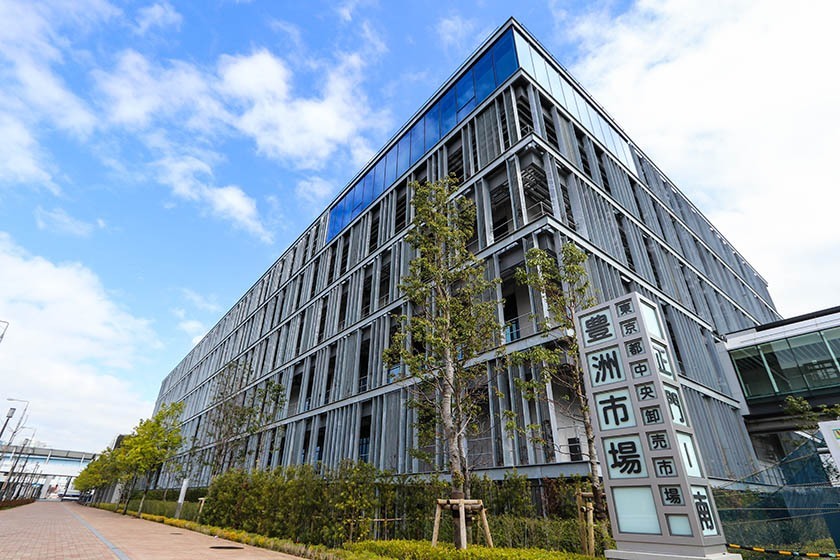
Moving Schedule
Tsukiji's inner market is scheduled to close on October 6, 2018, followed by the move of businesses from October 7 to 10, and the opening of Toyosu Market on October 11. Afterwards, Tsukiji's inner market will be torn down, and a new market is proposed to be built in its place sometime after the 2020 Olympics. Tsukiji's popular outer market with its many restaurants and numerous retail shops will remain in business beyond October 2018.
Location
The new Toyosu Market surrounds Shijo-mae Station on the Yurikamome. The Yurikamome is an elevated train that connects Shimbashi Station on the JR Yamanote Line via Odaiba with Toyosu Station along the Yurakucho Subway Line.
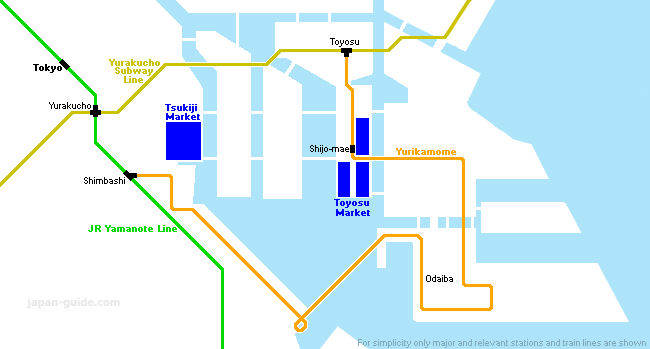
Overview
Toyosu Market is made up of three main buildings: two buildings for seafood and one for fruits and vegetables. The buildings are connected with Shijo-mae Station and each other via elevated pedestrian walkways. All three buildings contain viewing decks from where tourists can view the action from above without obstructing business, unlike at Tsukiji Market where frictions between workers and tourists have been a constant, major problem.

Most restaurants that are currently located in Tsukiji's inner market will also move to the Toyosu Market and continue to provide tourists with fresh seafood meals. Furthermore, an additional facility for tourists is scheduled to be build adjacent to the market sometime in the future and include a hot spring bath, more shops and restaurants, as well as a hotel; however, this facility won't be available by the time the market opens in October of this year.
Admission to Toyosu Market will be free of charge, and visitors will be able to enter and explore the public areas freely. Details regarding admission hours and the timing of the auctions have not been announced yet.

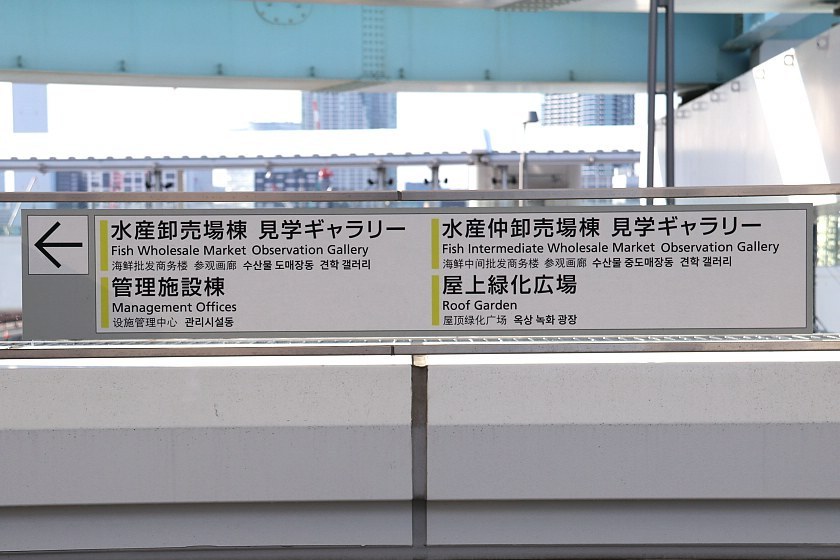
Building 1: Seafood Auctions
The viewing decks in the seafood auction building can be reached from the station via a 400 meter long walkway which leads past a few restaurants and multilingual information panels that provide interesting tidbits about the market, its workers and the seafood.
The first viewing deck is a long hallway with large windows looking down onto the tuna auction area before leading to windows looking down onto a second large hall where other types of seafood are auctioned. The windows are double-glazed which is not ideal for photographers, but keeps the viewing deck warmer than the 10.5 degrees Celsius that are maintained inside the auction halls. A stairway leads down to a smaller, open observation deck that is separated from the tuna auction by just a single layer of glass, allowing for better photos and an opportunity to experience the temperature, sounds and smells of the fish market.
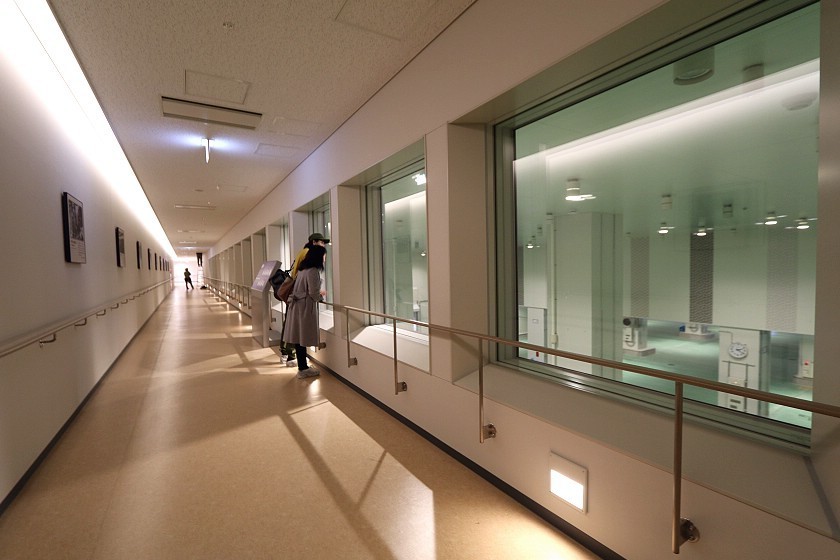
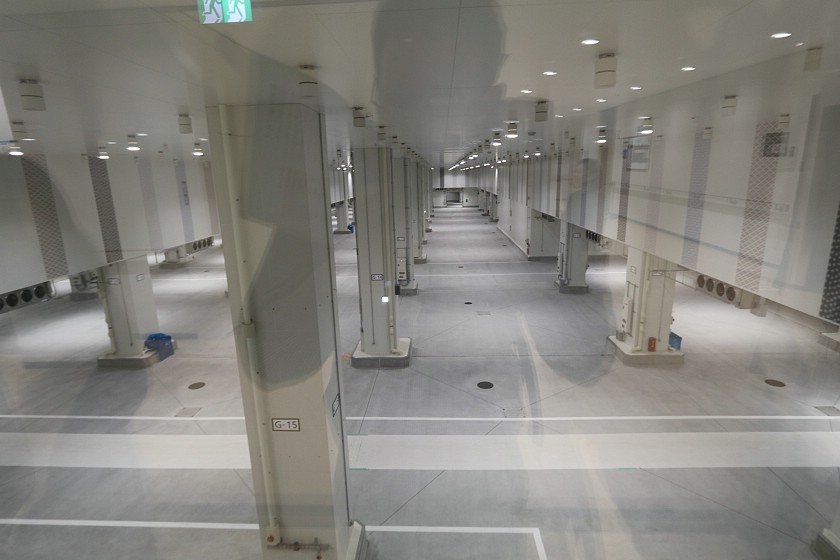
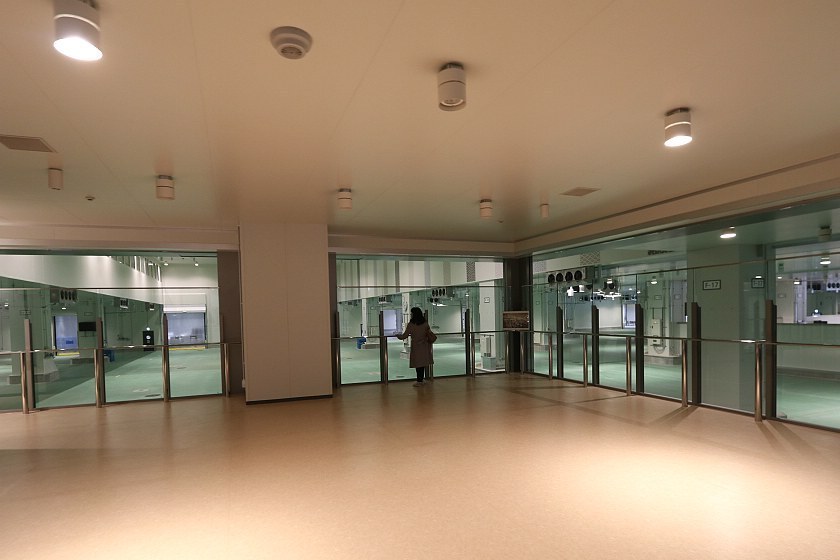
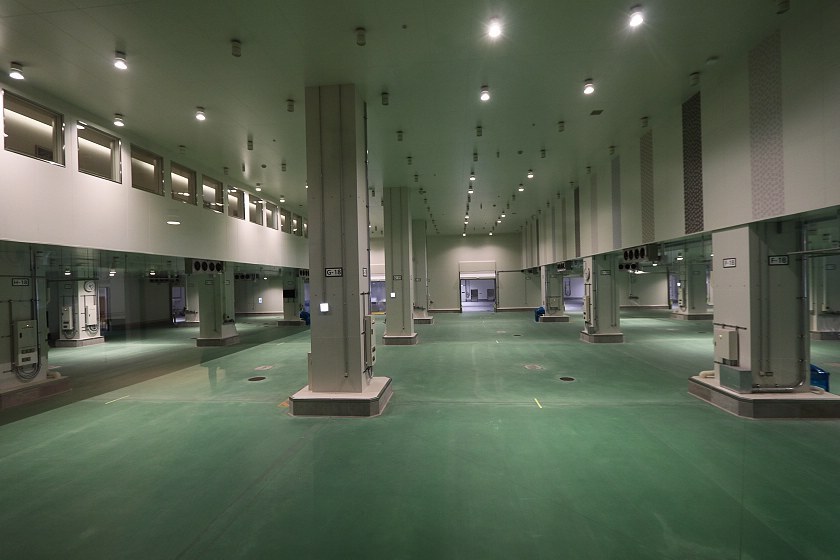
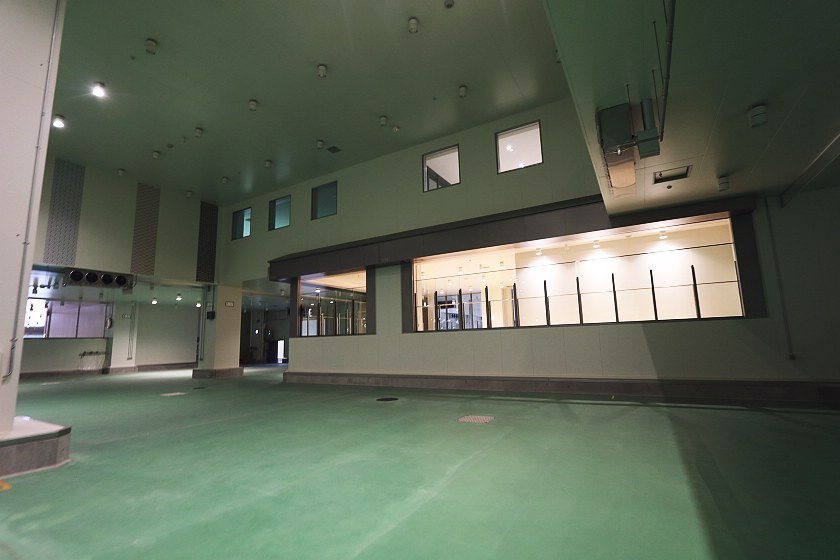

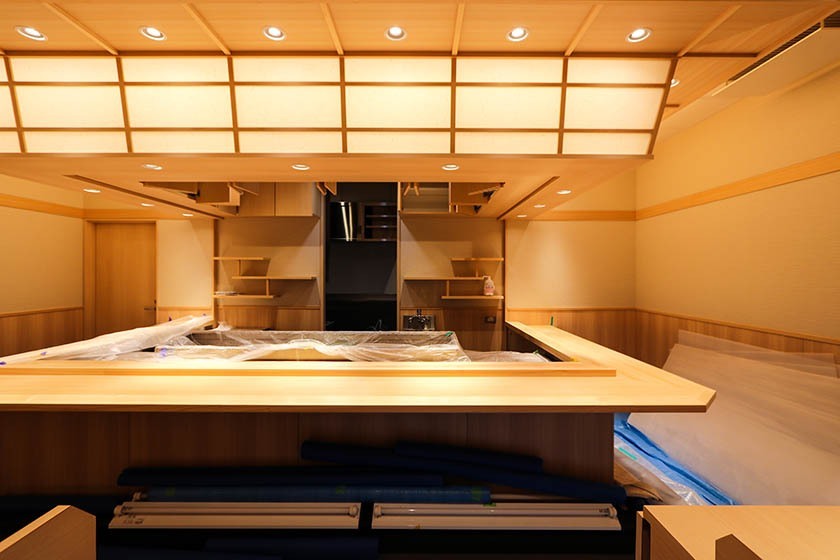
Building 2: Seafood Wholesale
On the lower floor of this building, hundreds of small wholesale shops process and sell the seafood acquired through the auctions; however, this area is off-limits to tourists. Some windows on the floor above allow tourists to peek down into the wholesale area; however, the views are somewhat limited. Instead, this building is of interest to tourists because it offers another restaurant area and the Uogashi Yokocho, a shopping area filled with non-perishable industry goods like knives and apparel that is open to the general public. Last but not least, the building has a spacious and pleasant rooftop garden with nice views of Tokyo's waterfront area.
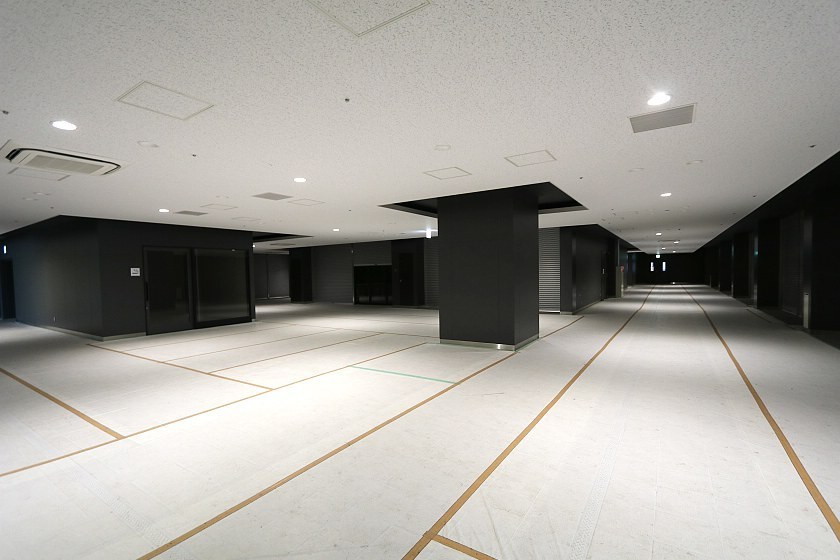
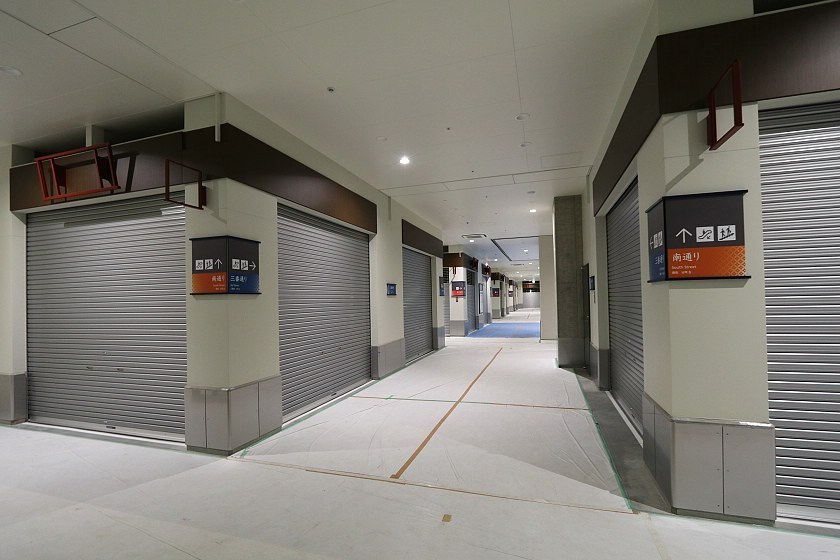

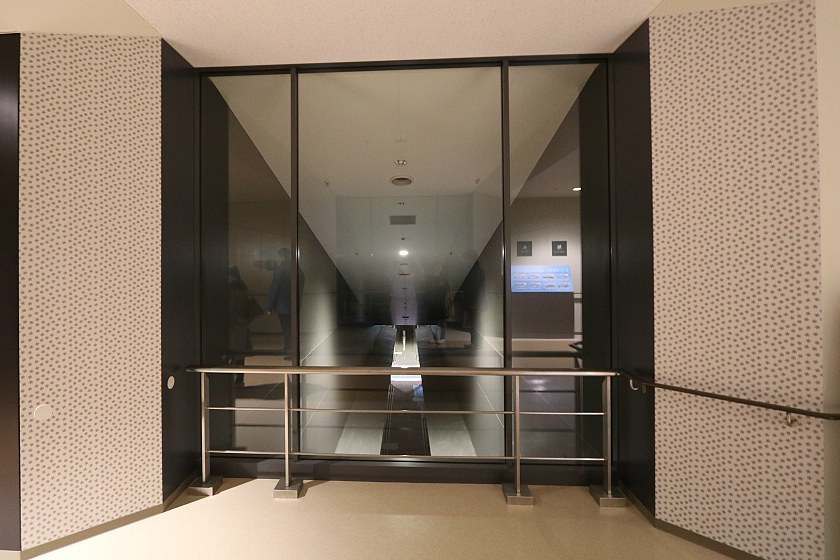
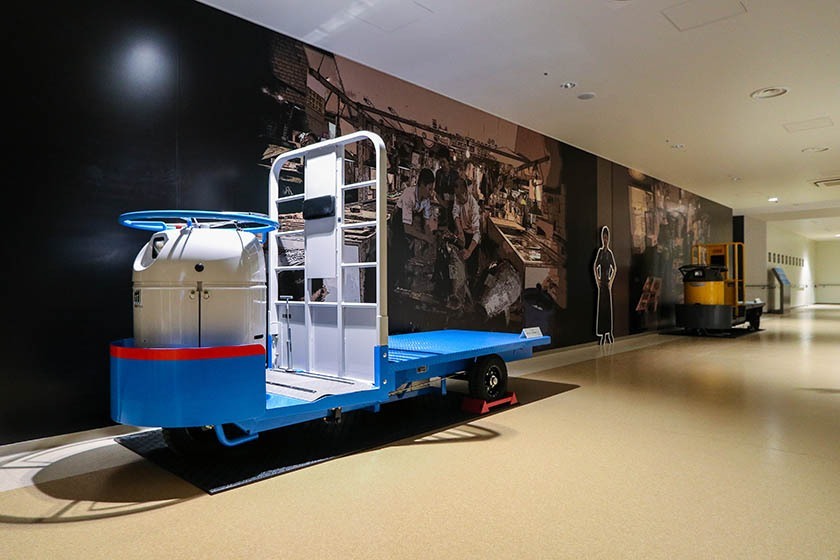
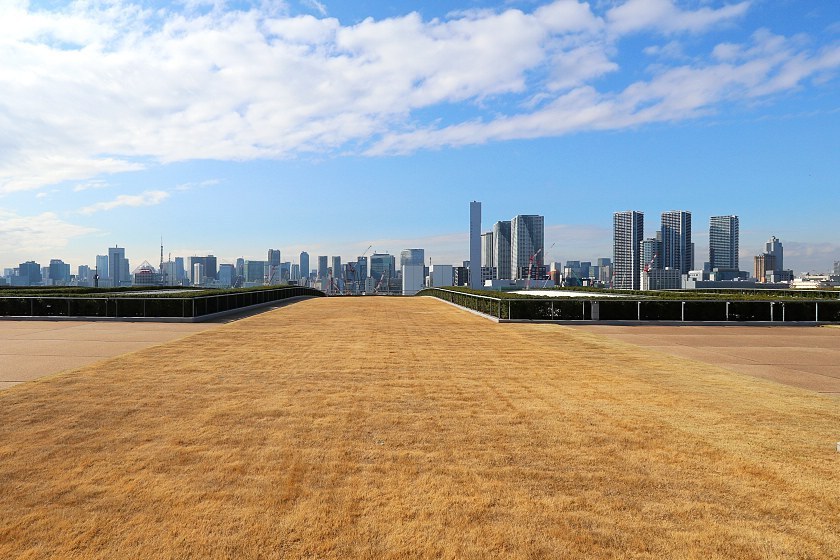
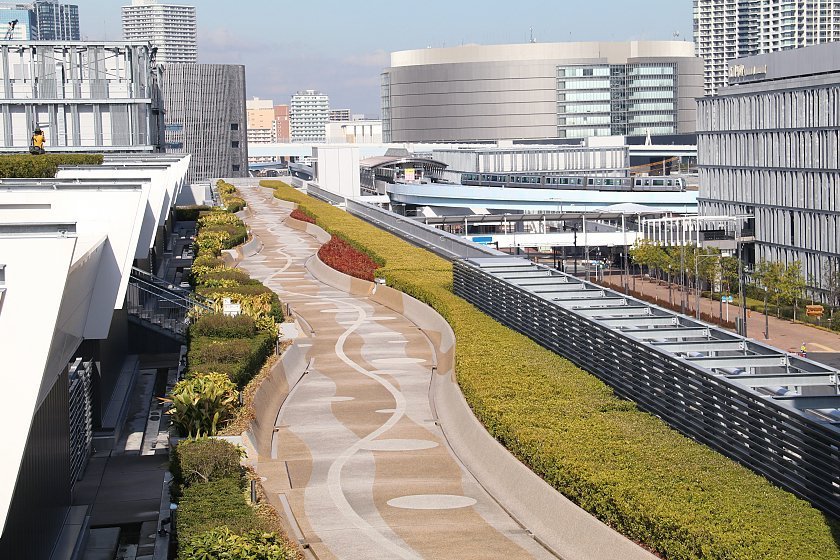
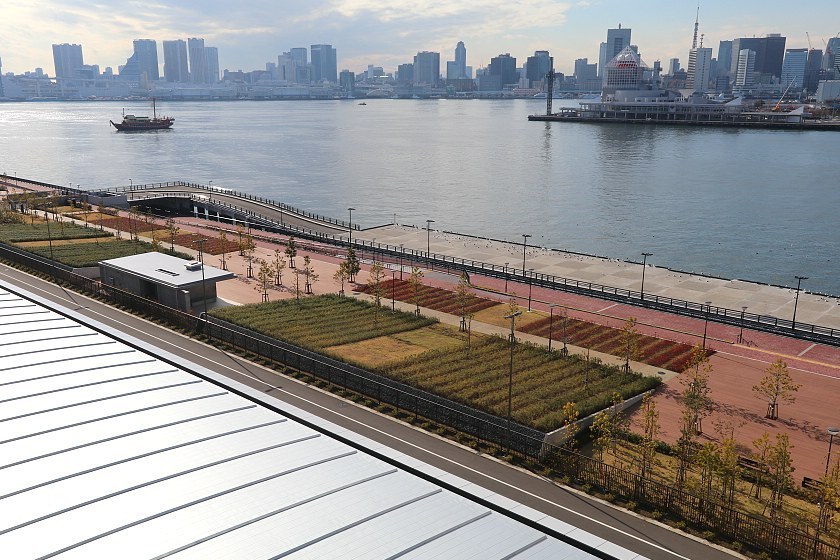
Building 3: Fruit and Vegetable Auctions and Wholesale
The fruit and vegetable building contains the areas of both the auctions and the wholesale shops. The elevated walkway leads straight to the observation deck on the second floor and gives visitors an opportunity to look down onto the vegetarian dealings. A few more restaurants can be found between the station and the fruit and vegetable building.
